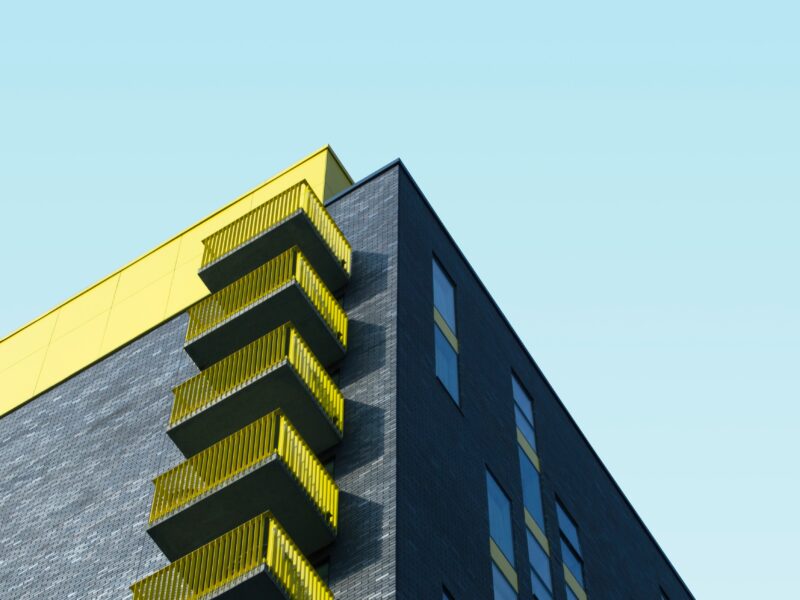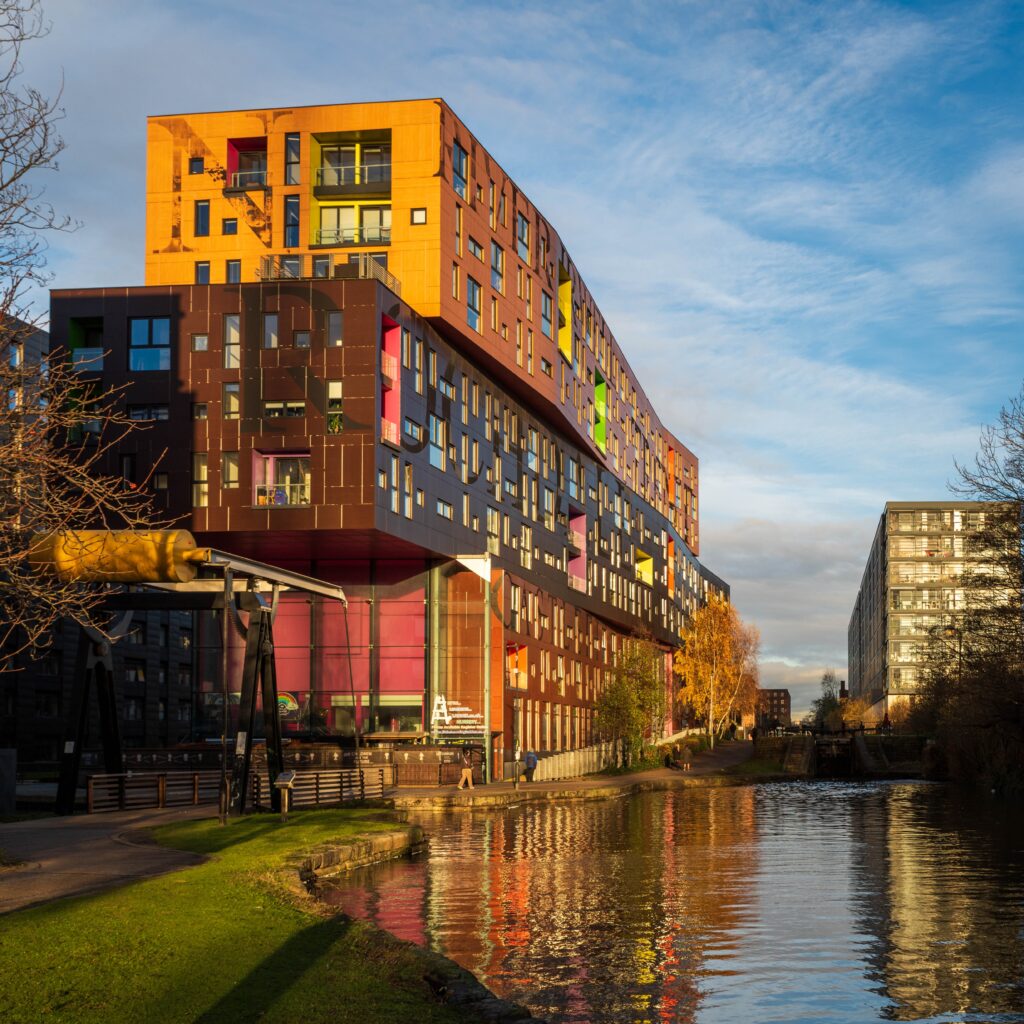
Do you know the real value of affordable housing?
Central and local government are always tinkering with the affordable housing sector and they love to introduce new tenures. Whilst the different tenures may sound similar, in reality they can have markedly different values.
Did you know that for the last 20+ years I’ve had a day job as an affordable housing valuer? I’ve valued everything from individual units and small infill sites through to large existing estates and huge new build developments on greenfield land. So I know a thing or two about the subject!
Let’s talk rents…
Local Planning Authorities will set out their affordable housing policy in their local plan. They may have an overall policy requirement of say 40%, but within that they will have a preferred split of rented and intermediate tenures.
When I first started out in the affordable housing world in 2001 social rent was the principal rented tenure. Rents are set by a complicated government formula and are capped by bedroom size. So whether you’re in Bolton or Belgravia, the maximum social rent for a 1 bedroom property for instance would be the same.
When the austerity era hit after the global financial crisis, to compensate for reduced grant levels (more on this later), the government introduced affordable rent as a new tenure. It’s a bit of a misnomer, because under this tenure housing associations (HAs) are permitted to charge up to 80% of Market Rent levels. Clearly in many areas of the country even a 20% discount to market levels would be unaffordable to the intended target market (those on benefits and/or low incomes). Let’s face it, could you afford to rent in Belgravia at 80% of the market level?
Many HAs will however choose to charge less than 80% of Market Rent and may in fact limit rents to the Local Housing Allowance levels where tenants should have their rent covered by housing benefit.
Also, in London, Mayor Sadiq Khan introduced London Affordable Rent which is based on social rent cap levels (I told you this could get confusing, didn’t I). This was his attempt to deliver ‘genuinely affordable’ housing. Nevertheless in recent years even he has started to re-prioritise social rent housing.
“All very interesting. But for a developer what’s the value impact?”
Well, whilst it’s impossible to provide precise values in a blog post, here is a rough guide to the achievable capital values for the different tenures.
- Social Rent – c25-50% of Open Market Value
- London Affordable Rent – c30-60% of Open Market Value
- Affordable Rent – c40-65% of Open Market Value
The precise value of affordable housing will depend on many factors including the unit mix and unit floor areas, affordability criteria within any Section 106 Agreement etc. These %s exclude any available grant funding. Broadly speaking, the higher the Open Market Value, the lower the % and vice versa.

“I’ve heard people talking about shared ownership, what about that?”
As mentioned above, the Local Plan will specify the Council’s preferred split between rented tenures and intermediate tenures. Shared ownership is a type of intermediate tenure. The HA will sell a proportion of the equity in the property to a leaseholder. The leaseholder will pay a rent on the remaining equity to the association. Over time they can acquire additional tranches of equity in a process known as staircasing. Unless there are restrictions to the contrary, over time they may acquire 100% of the equity and own the property outright.
From a housing association’s perspective, shared ownership will produce a stronger cashflow and the majority of the ongoing maintenance and major repairs costs sit with the leaseholder. Therefore they can afford to pay a higher % of Open Market Value to a developer for shared ownership properties compared to an equivalent rented unit. Depending on some of the factors outlined above, a shared ownership unit could be worth 60-80% of the Open Market Value.
There are other forms of intermediate tenure such as intermediate rent and London Living Rent, however these tend to be less common.
“What about First Homes?”
Ah yes, more tinkering from Central government. A brand new tenure newly introduced into national planning policy.
I think I’ll cover that in a future blog post before your eyes glaze over completely!
“Anything else I should know?”
Absolutely. Bear in mind that not all HAs will pay the same price for affordable housing. If you’re a developer and you have to deliver affordable housing units as a Section 106 planning requirement, or you’re flipping private units to affordable housing by choice, it’s worth shopping around.
Whilst HAs will generally be appraising opportunities in the same way they may use different financial models with different parameters. Just like when you appraise a land deal, small changes to key variables can produce very different offer levels. Furthermore HAs have ever-changing requirements in terms of site size, geography and risk appetite. So even if you’ve had a great offer from a particular association in the past, it’s still worth getting at least three offers. You wouldn’t believe the range of offers I’ve received in the past even on quite small sites.
Finally, no blog post about affordable housing values would be complete without mentioning grant funding. Whilst the starting position is that units being delivered in compliance with a planning requirement (i.e. secured by a Section 106 Agreement) should be delivered without grant funding, it’s worth asking the question of HA partners. If grant is available from Homes England (or the Greater London Authority in London), it will significantly increase the value of the affordable housing units. Your scheme will stand a better chance of securing funding if you’re delivering more affordable housing than is technically required. In fact, in areas with low values, a 100% affordable housing scheme may stack better than a mixed tenure scheme due to the grant.
What has your experience of affordable housing been? Let me know in the comments below.
Barry Rea
Canary Homes

Comments